Just how superstitious are Russian cosmonauts?
Practical, rational men and women who have overcome the force of gravity don't like to admit that their "customs" are superstitions. After all, they don't regard number 13 as unlucky, do they? But then how else can we describe rituals before, during and after a space flight? "It's just for luck," the conquerors of space reply sternly. So what does a real cosmonaut do "for luck"?
1. Plant a tree
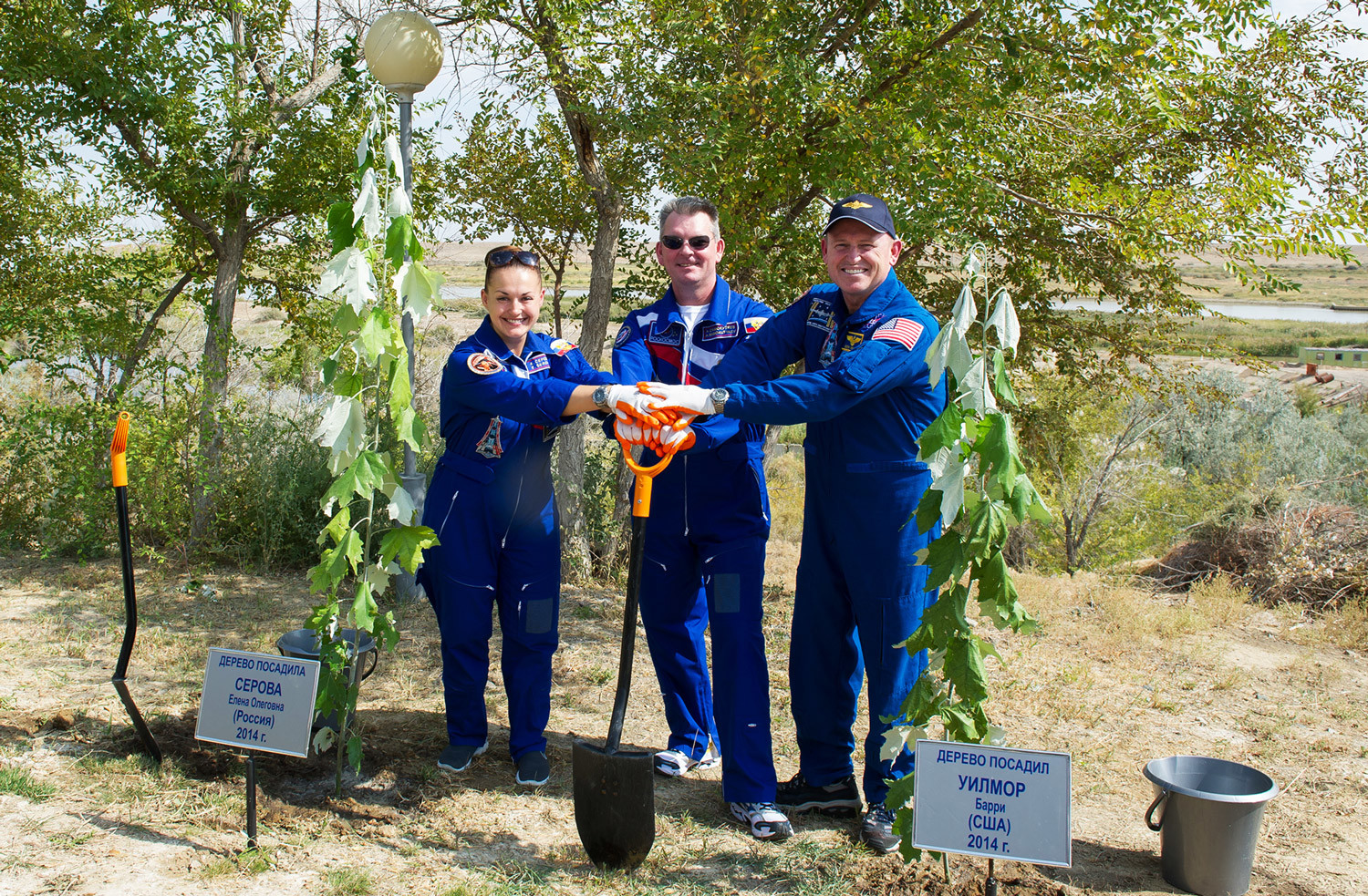
The Soyuz TMA-14M main crew, Roscosmos cosmonauts Alexander Samokutyayev (C) and Yelena Serova and NASA astronaut Barry Wilmore plant trees at the Baikonur Space Center, Sept. 2014
Roman Sokolov/Sputnik2. Visit Baikonur Museum
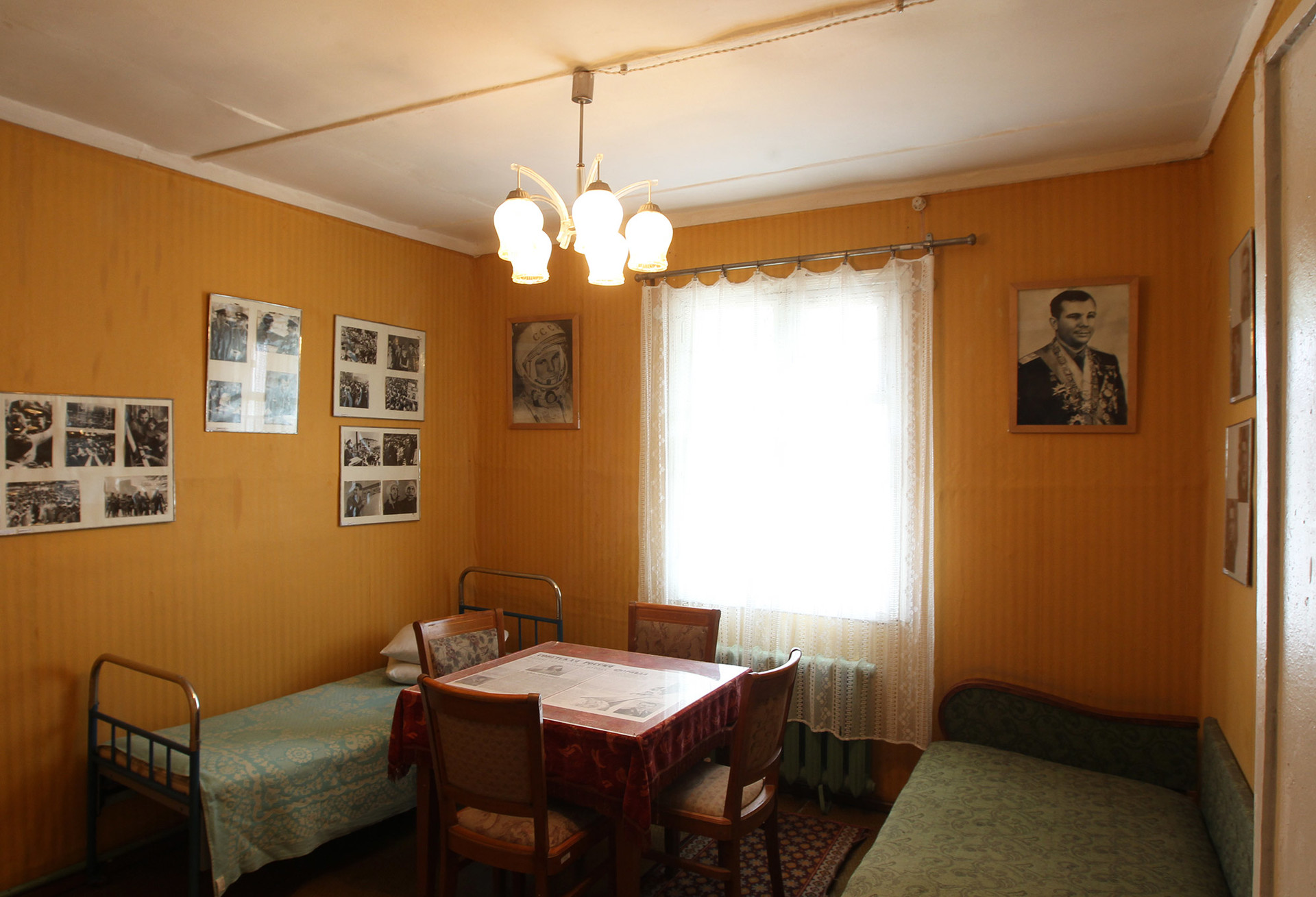
Interior of Yuri Gagarin's house, part of the exposition of the museum of the Baikonur Cosmodrome.
Alexey Kudenko/Sputnik3. Watch the film White Sun of the Desert
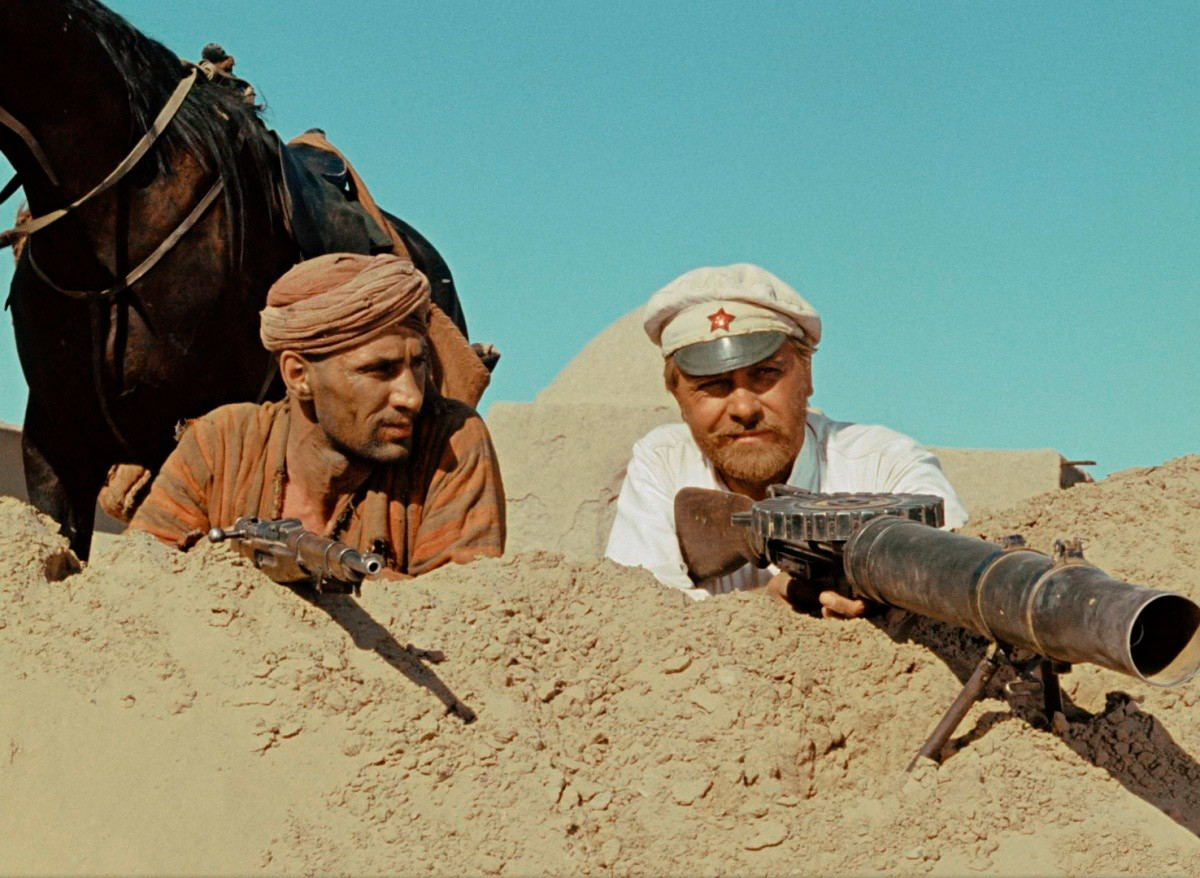
A screenshot from 'White Sun of the Desert'
Vladimir Motyl/Lenfilm,1970Another Hero of Russia, cosmonaut Fyodor Yurchikhin, who has completed five space missions told Russia Beyond about the practical side of watching the film: "Cosmonauts use the movie to learn about camera work. In the
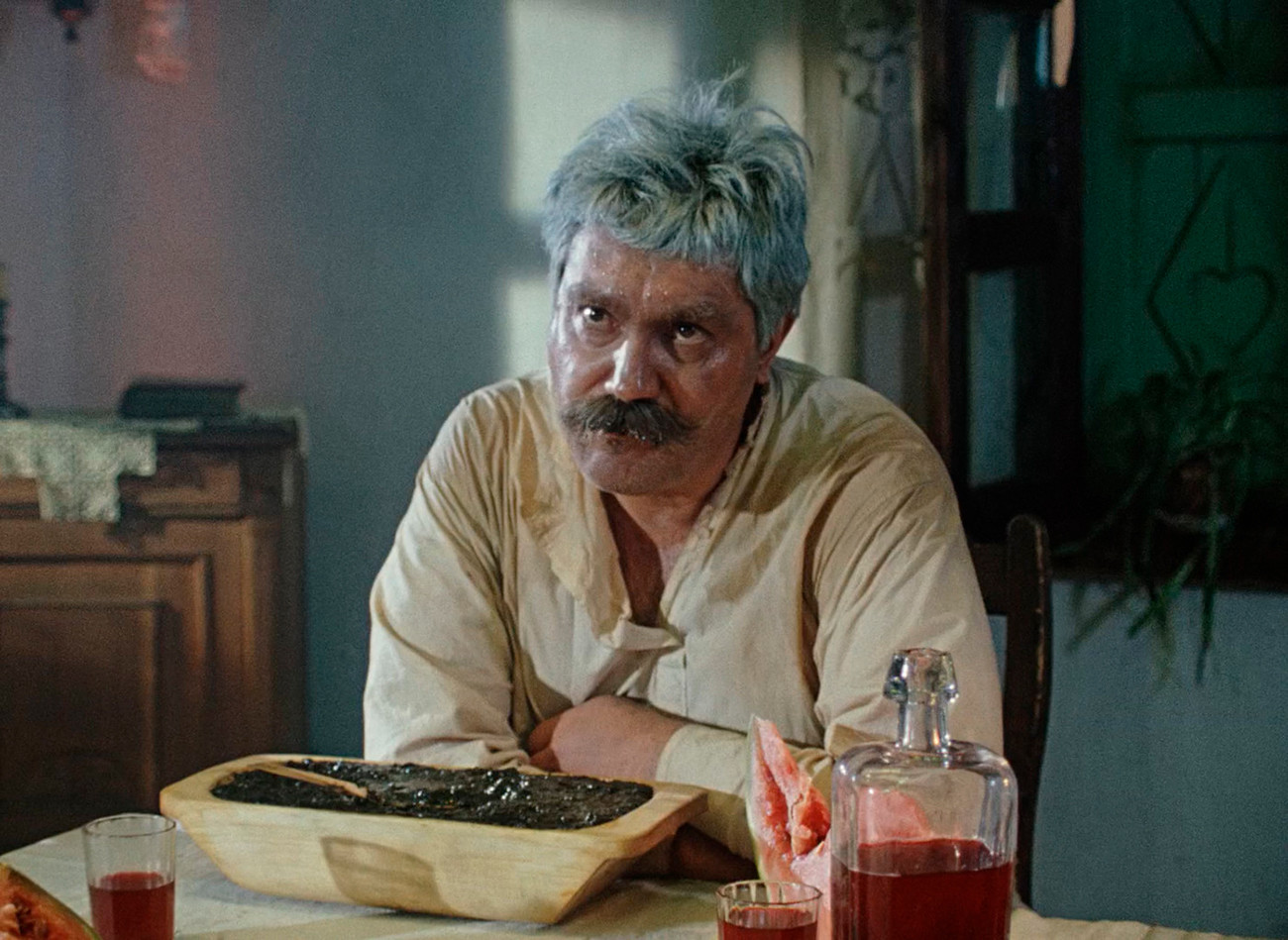
A screenshot from 'White Sun of the Desert'
Vladimir Motyl/Lenfilm,1970Experienced cosmonauts used to tease newcomers that unless they had watched White Sun of the Desert ten times they weren't ready to go into space. Yurchikhin recalls another story - cosmonauts had to pass a 'test' to show how well they knew the film by answering questions about particular details and reciting quotes from the film.
For example, there is a scene where Vereshchagin [another character in the film] looks with disgust at a large bowl of caviar and asks for a piece of bread. The question is: "What caviar could Vereshchagin not eat?" The answer "black" is not correct; the exact phrase was "I can't eat this damned stuff". Or to answer the question, "What is Sukhov worth?", you have to quote the phrase, "Sukhov, you alone are worth a whole platoon." There were also questions like: "How many buttons did Sukhov's shirt have?" or "What pistol did Abdullah use?"
4. Listen to the song Grass By the House
It is customary to see a crew off to their spacecraft with the song Grass By the House. In 2009 the Russian Space Agency, Roscosmos, even designated it as the anthem of the Russian space program. This song is about cosmonauts who look out at the distant Earth through a portal window and dream not of space or the din of the cosmodrome, but of the green grass outside their house. It's now the favorite tune of everyone who goes into space. "There are different performings of the song, but I've always asked for the one recorded by Igor Romanov. I think the song was transformed when the band, Zemlyane, started performing it," said Yurchikhin.
5. Get a kick in the pants
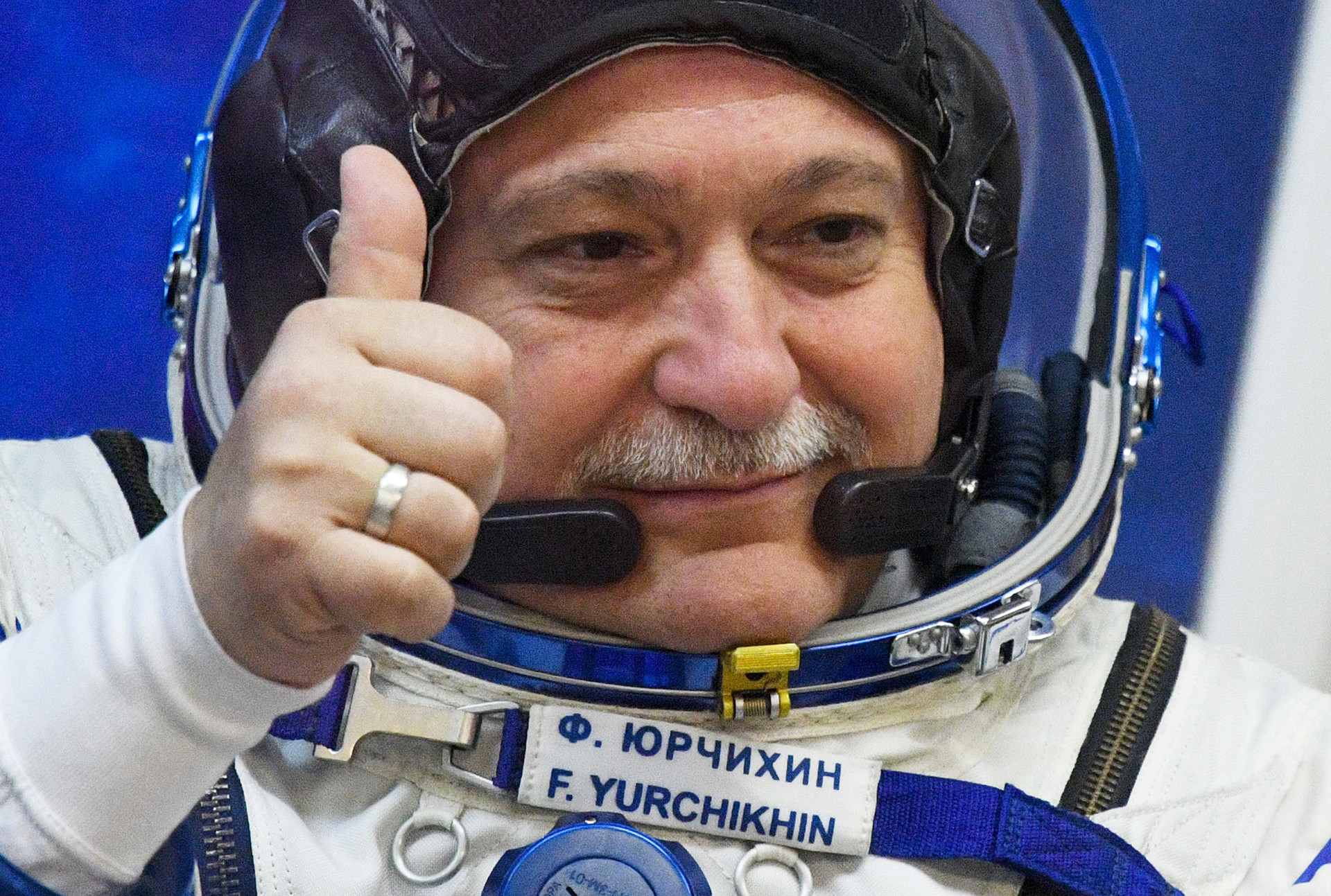
Cosmonaut Fyodor Yurchikhin before the rocket launch, April 2017
Alexey Filippov/SputnikYes, literally. When the crew dressed in their spacesuits are going up the steps to the rocket elevator three people accompany them: The rocket's chief designer, the head of the technical group and the head of Roscosmos. One of these men is expected to give them a slight but noticeable prod with his knee in the backside for a successful launch.
6. Pee on the wheel of the bus that takes the cosmonauts to the launch pad
According to legend, this peculiar ritual goes back to Gagarin, who decided to relieve himself before the flight just to be on the safe side. He knew that his spacesuit would soon be zipped and the next chance for a pee would only be in several hours. Cosmonauts are highly cultured people and didn't want to talk much about this custom when we asked them. Only in one interview cosmonaut Maksim Surayev mentioned that there is a "ritual stop on the way to the rocket."
7. Paint the rocket white
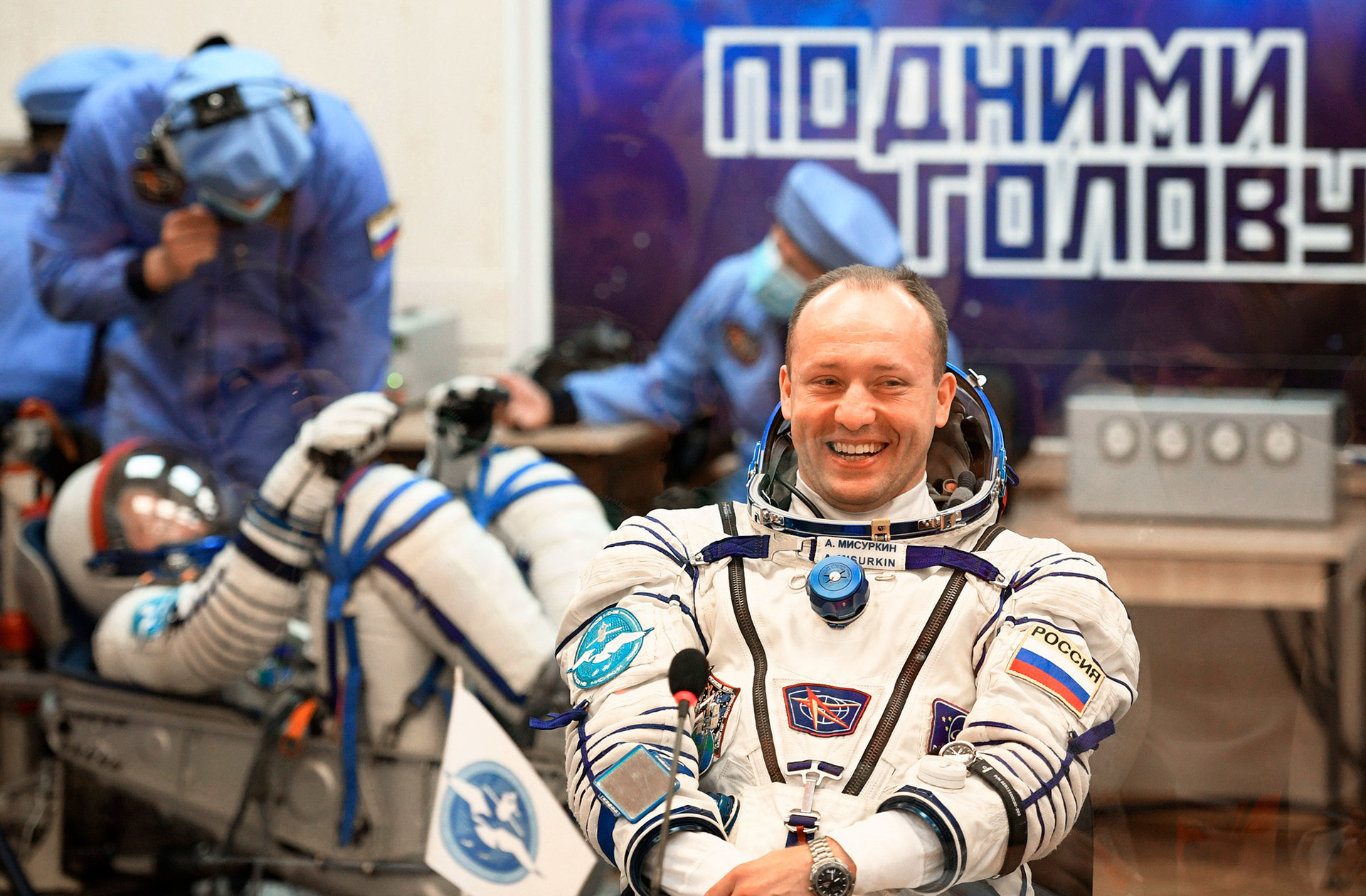
Alexander Misurkin, Roscosmos cosmonaut and member of the main crew of Expedition 53/54 to the International Space Station, before the launch of the Soyuz-FG carrier rocket with the Soyuz MS-06 manned spacecraft.
Alexey Filippov/SputnikAlexander Misurkin jokes that the most important tradition is for the back-up crew to paint the rocket that will take the main crew into space. "When we arrived at Baikonur for the first time we noticed that two days
8. Take a friend on board
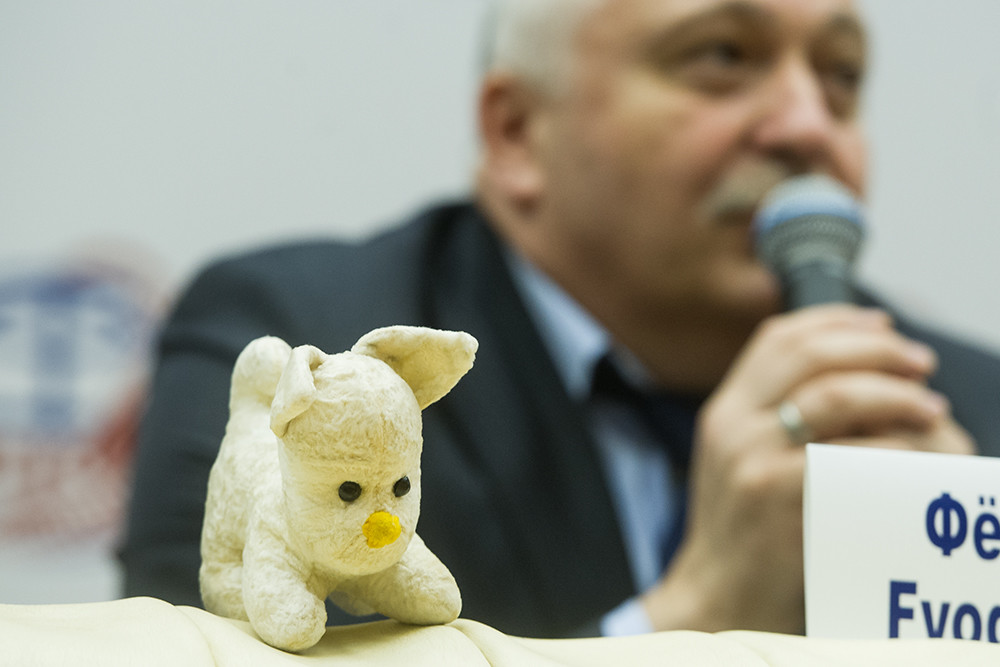
Fyodor Yurchikhin's toy dog
Press service of Yu.A.Gagarin Research & Test Cosmonaut Training CenterYurchikhin talked about his personal tradition of taking a friend in the form of a toy dog on board. "It is neither a mascot nor an amulet," the cosmonaut says, but it "took the most active part" in his flights. The little dog served as an indicator of weightlessness - the cosmonauts would tie it to the end of a string to see whether or not they were in zero gravity.
"I had this small toy with me on all my five flights, and we even climbed Mount Elbrus together," Yurchikhin said.
9. Sharing meals at the space station
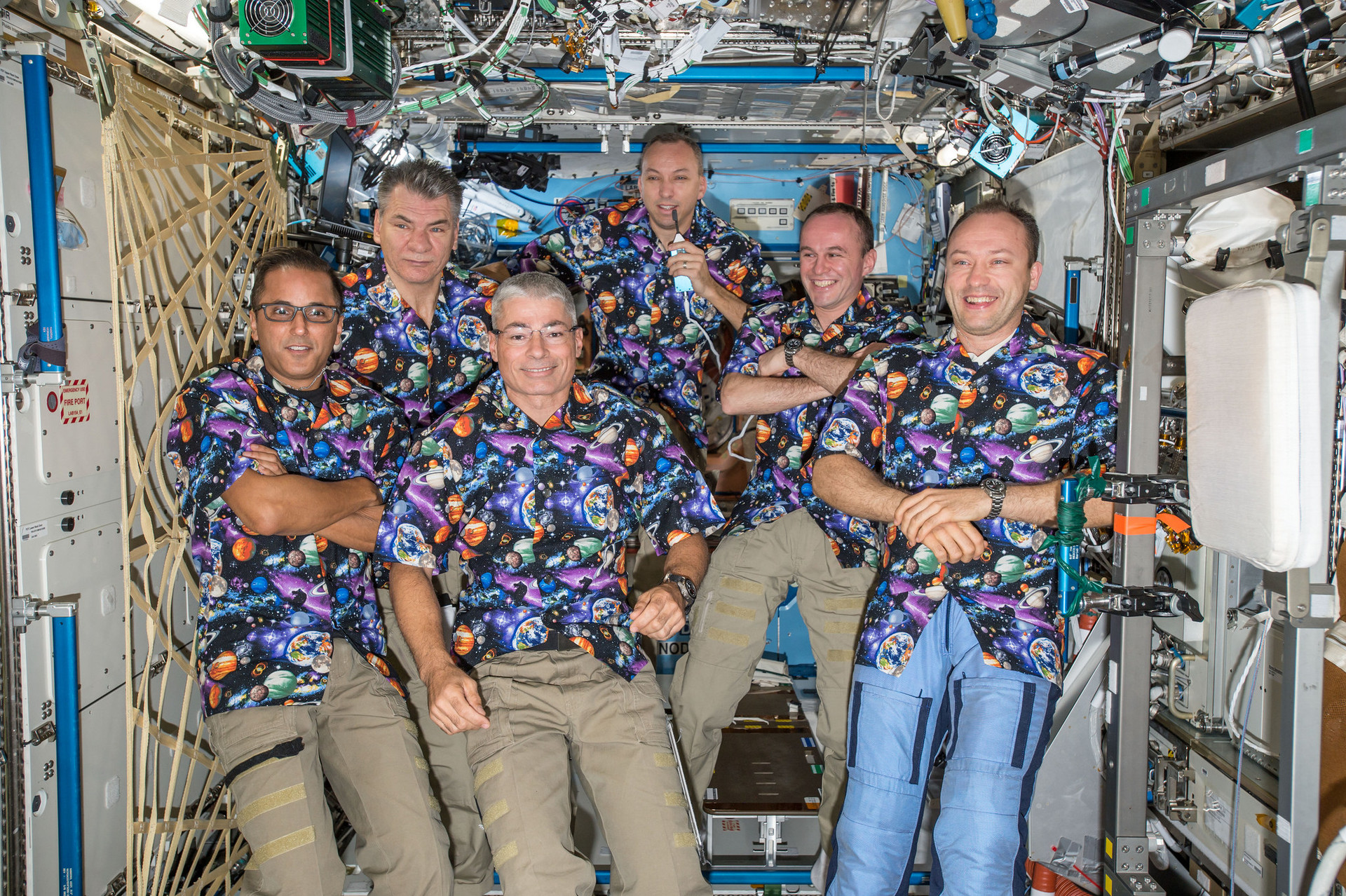
The six Expedition 53 crew members gather together in the Destiny laboratory module for a group portrait. L-R: Astronauts Joe Acaba, Paolo Nespoli and Mark Vande Hei, Commander Randy Bresnik and cosmonauts Sergey Ryazanskiy and Alexander Misurkin. Sept. 2017
NASA Johnson/Flickr10. Baikonur Cosmodrome is closed on Oct. 24
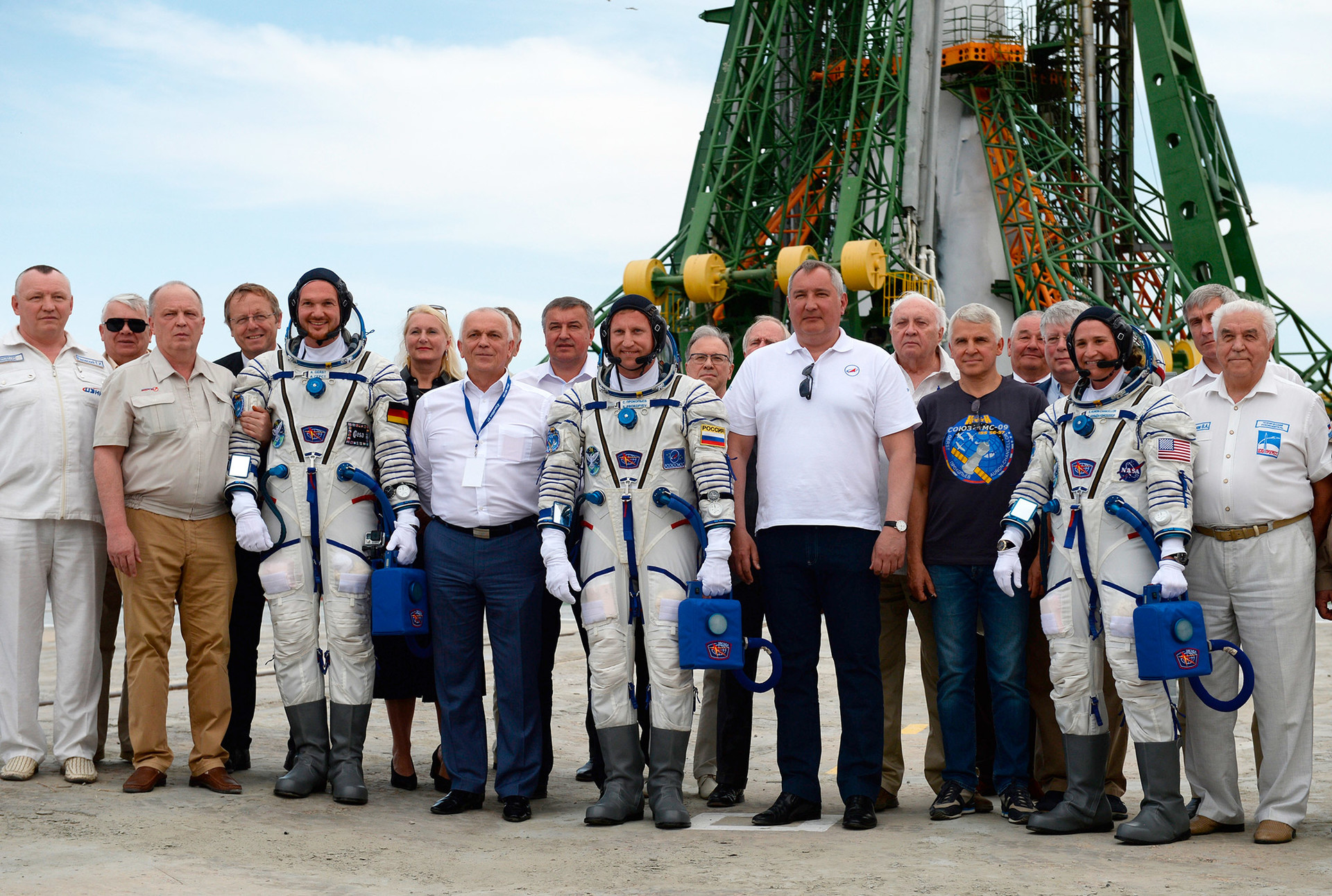
Roscosmos Head Dmitry Rogozin and members of ISS Expedition 56/57 crew pose for a group photo before the launch of the Soyuz-FG launch vehicle with the Soyuz MS-09 manned spacecraft from the First Gagaringky Launch Pad at Baikonur, June 2018
Sergey Mamontov/SputnikThis date is considered to be unlucky for the cosmodrome. Twice in two separate years, dozens of people were killed in accidents at Baikonur on this date: In 1960, an R-16 ICBM launch vehicle exploded; and in 1963, an R-9A missile caught fire. This is why work at the cosmodrome stops that day, and no launches are made.
If using any of Russia Beyond's content, partly or in full, always provide an active hyperlink to the original material.
Subscribe
to our newsletter!
Get the week's best stories straight to your inbox